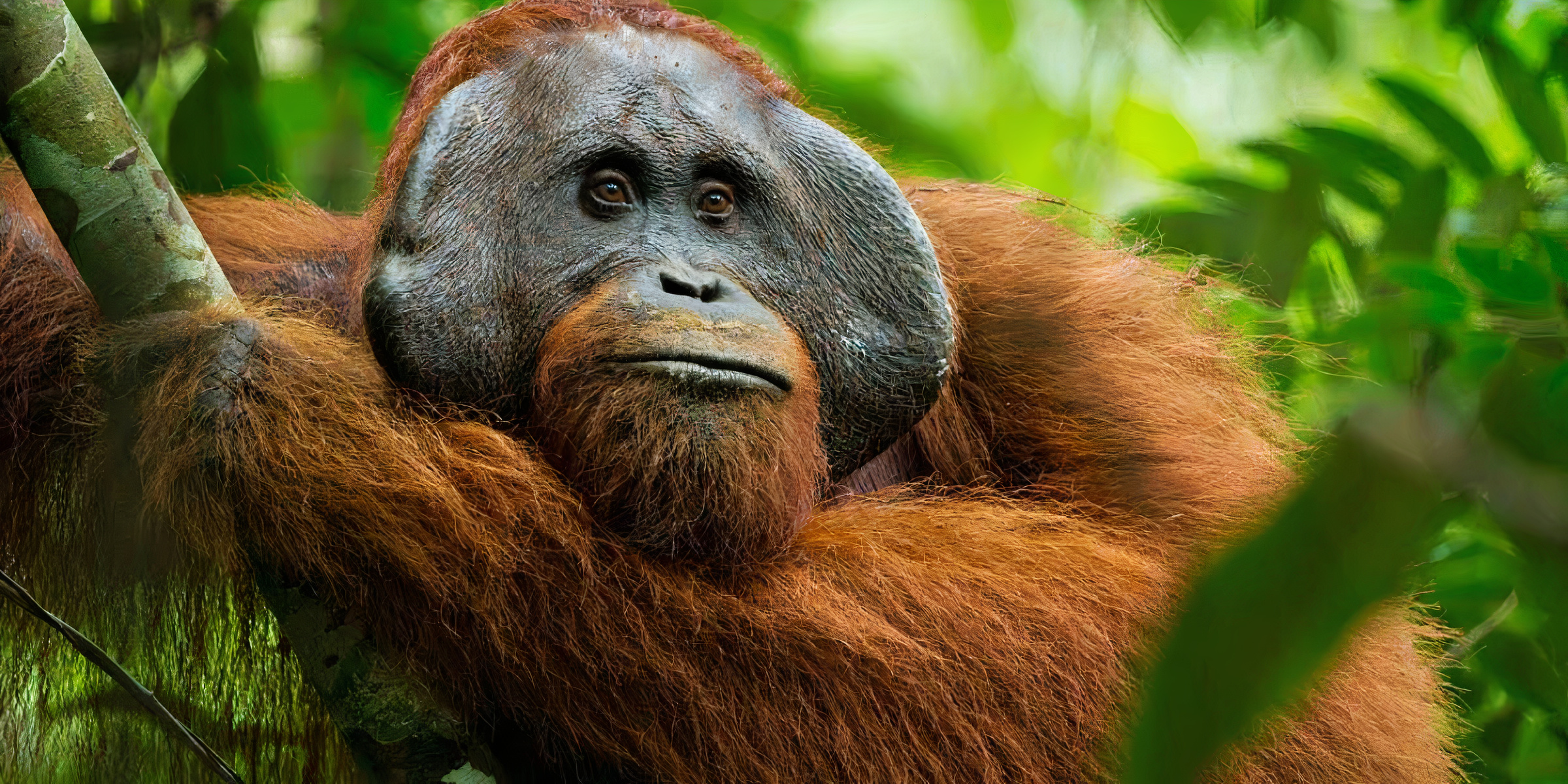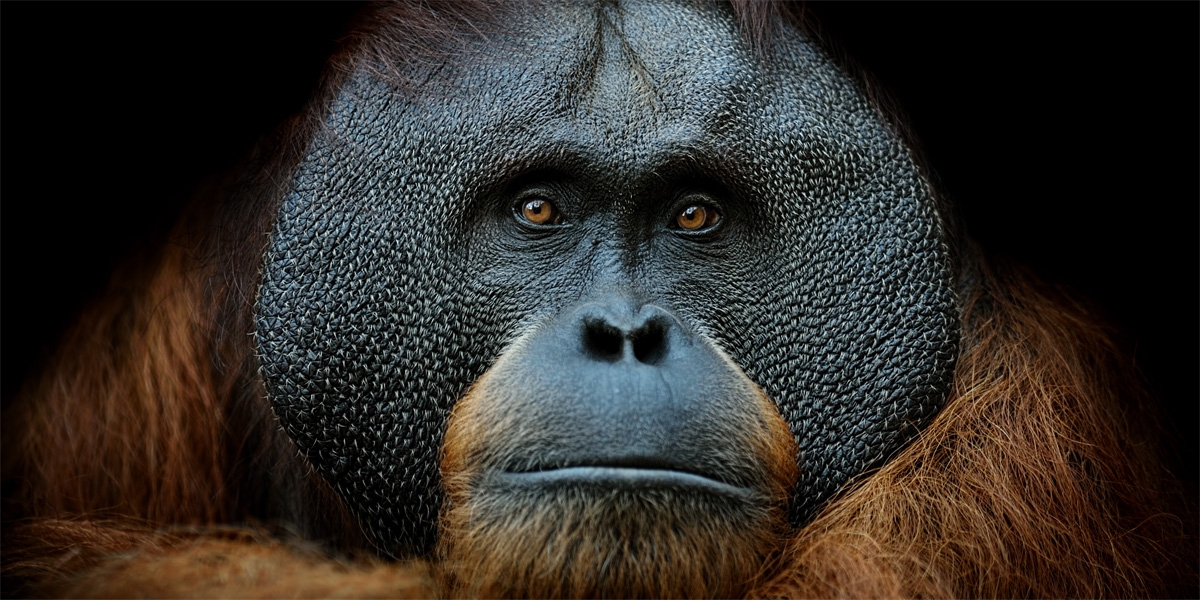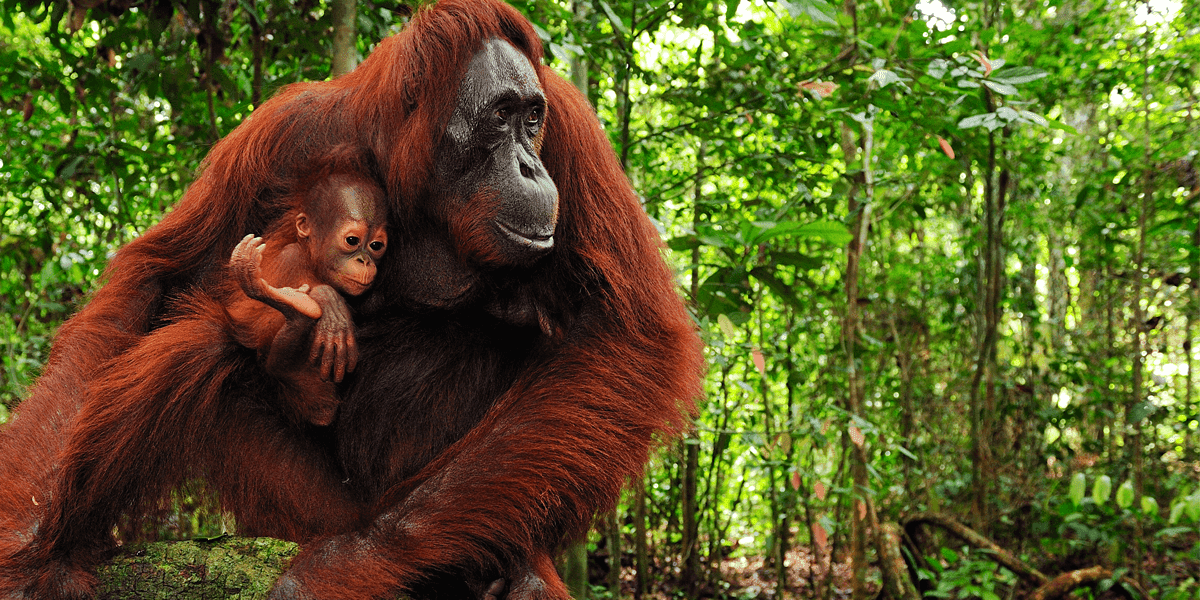Characteristics
SCIENTIFIC NAME: Pongo
HEIGHT: Around 1. 5 m
LENGTH: Arm span of about 2.2 m
WEIGHT: 50 - 100kg
BEHAVIOUR: Solitiary arboreal mammals, highly intelligent
COLOUR: Dark-brown / Pale reddish-orange
LIFESPAN: 35 - 45 years
LITTER SIZE: 1 infant


